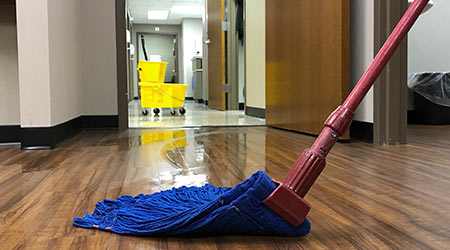
Hospital Plumbing Serves as Reservoir for Drug-resistant Bacteria
March 9, 2018
Hospital wastewater pipes, housekeeping closets, and external manholes can serve as a breeding ground for drug-resistant bacteria, according to research by the National Institutes of Health (NIH) published in mBio. Researchers report this should normally not be cause for concern where proper cleaning and infection control practices are in place, but hospitals should take care to prevent cross-contamination of the patient environment.
A 2011 outbreak of antibiotic-resistant infections at NIH Clinical Center prompted subsequent routine environmental sampling of high-touch surfaces around the hospital. That outbreak involved Klebsiella pneumoniae, a carbapenemase-producing organism (CPO) resistant to antibiotics. During a 5-year period after the outbreak, CPOs were found on these surfaces in only 1.4 percent of samples.
However, additional samples were collected over a two-year period from a broader array of locations at the NIH Clinical Center. These included housekeeping closets, wastewater from hospital internal pipes, and external manholes. Even though there was a very low incidence of patient infection with carbapenemase-producing organisms, CPOs were present in all samples from the intensive care unit pipe wastewater and external manholes, " suggesting a vast, resilient reservoir," according to researchers.
Researchers recommend facility managers include housekeeping areas in their sampling sites for drug-resitant bacteria. Additional sites to focus on include water-associated environments, such as ICU pipes, sinks, housekeeping closet drains, and manhole wastewater. Due to the expanded sampling, in 2016 the NIHCC team was able to detect a rare pathogen present in five different house keeping closet floor drains, and mop bucket, and two patients.
This Quick Read was submitted by Naomi Millán, senior editor, Building Operating Management.
Next
Read next on FacilitiesNet












